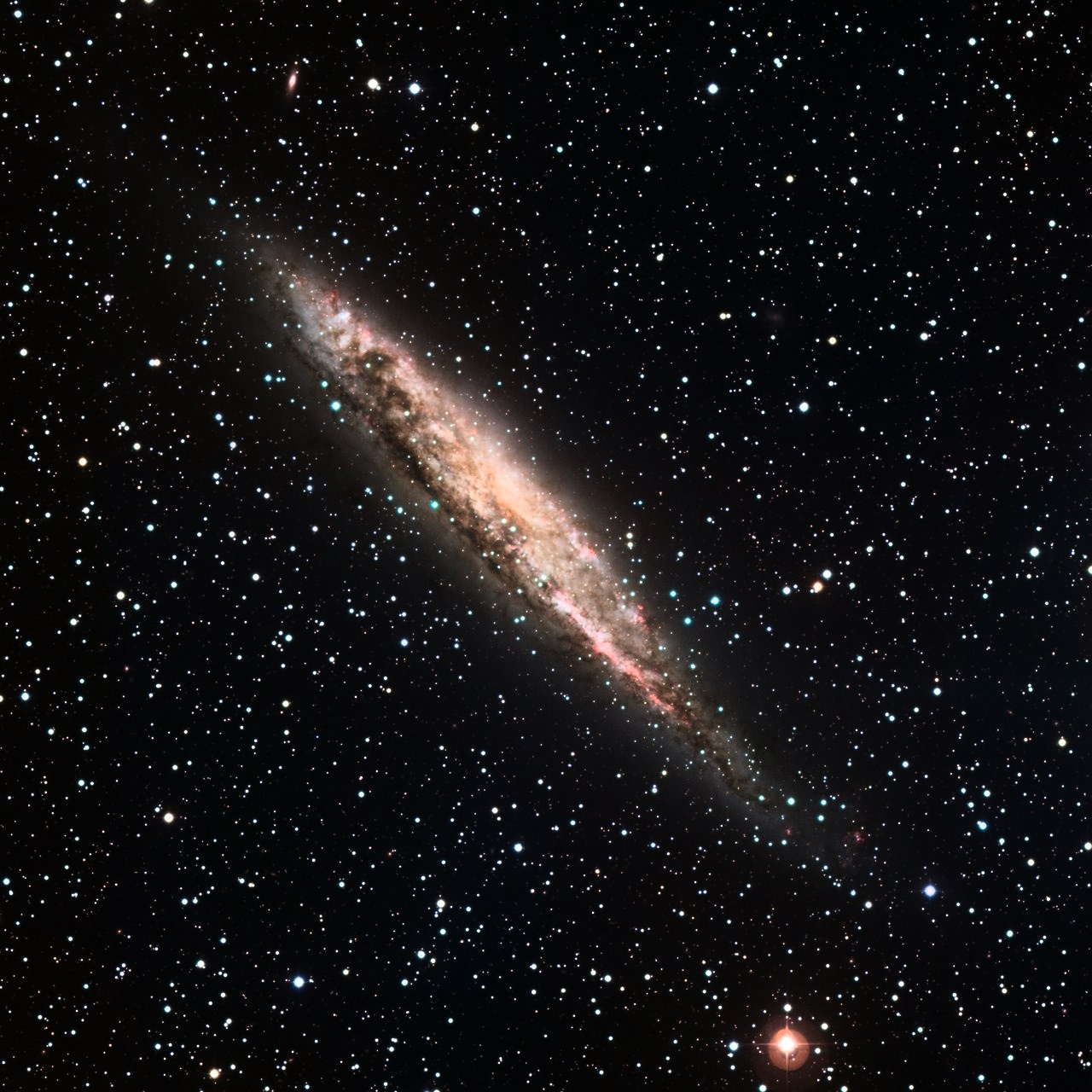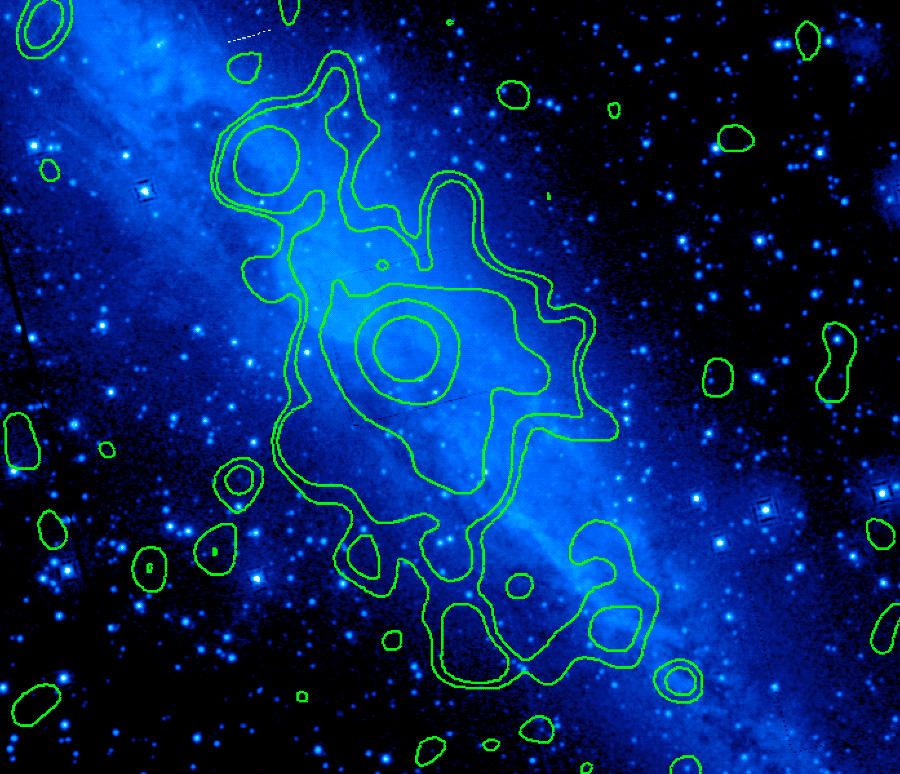NASA scientists have made an impressive discovery that can redefine our understanding of galactic evolution. According to the latest report from NASA’s Goddard Space Flight Center, astronomers have recognized a galactic “fossil” full of X-ray activity, which may reveal the secrets of the development and formation of galaxies.

The details of the discovery are described in detail in the report and the new video. It was noted that the galaxy NGC 4945 was triggered by the eruption of a supermassive black hole at its center about 5 million years ago, causing an unexpected active star formation.
This is a fascinating story that sheds light on the unique nature of this galaxy and the overall galactic evolution. By exploring this galactic “fossil” deeper, NASA scientists are trying to determine why the black hole in the center caused the explosion and whether this was the cause of impulsive star formation in the galaxy.
Astrophysicist Kimberly Weaver, who led the study, presented the results at the 243rd meeting of the American Astronomical Society on January 11 in New Orleans. The team has also prepared an article on the results, which is currently under review in The Astrophysical Journal and may become available to the public with approval.
NGC 4945 is an active galaxy located 13 million light-years from Earth in the constellation Centaurus. It has a supermassive black hole at its center and serves as the site for an unexpected star formation known as a stellar explosion. According to scientists, this galactic “fossil” annually creates a mass equivalent to the mass of 18 Suns. This is three times the rate of star formation of the Milky Way.

The main part of star formation occurs in the center of the galaxy, and these stellar outbursts, as seen in the galactic “fossil”, last from 10 to 100 million years. Thus, it is not yet known when this process will end in NGC 4945.
Earlier, we reported on how black holes fly apart in the universe at a speed of 100 million km/h.
According to NASA
Follow us on Twitter to get the most interesting space news in time
https://twitter.com/ust_magazine


